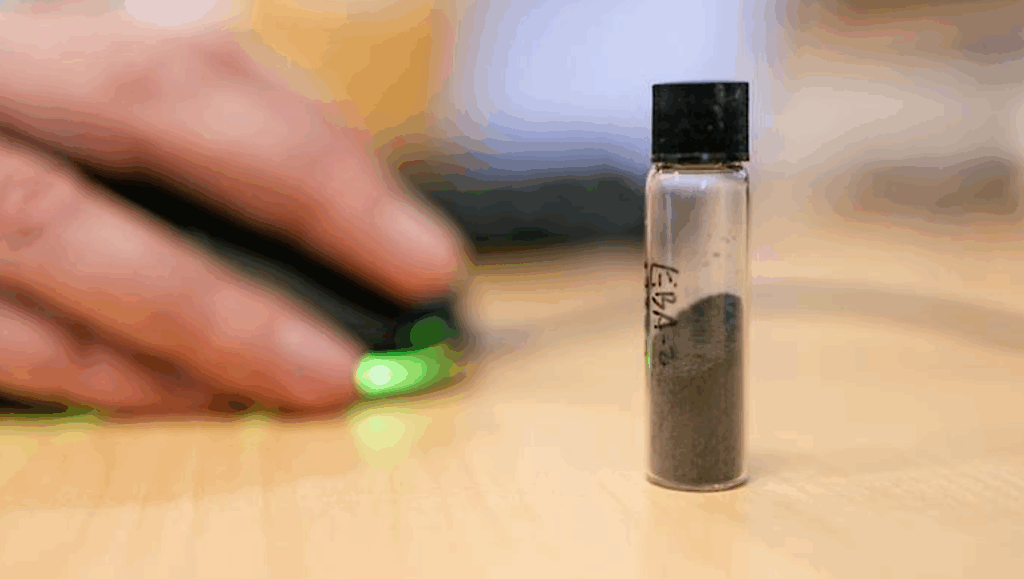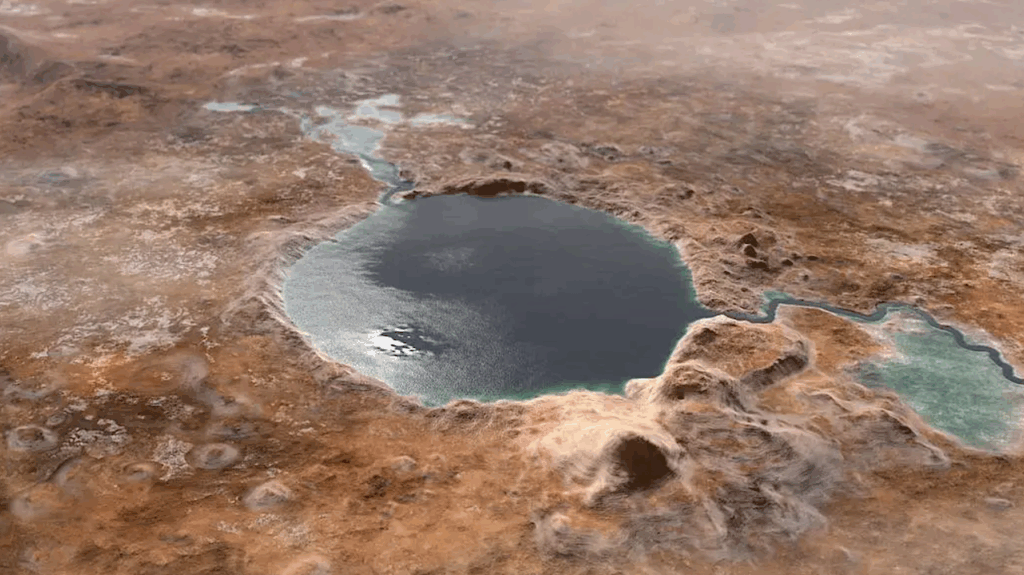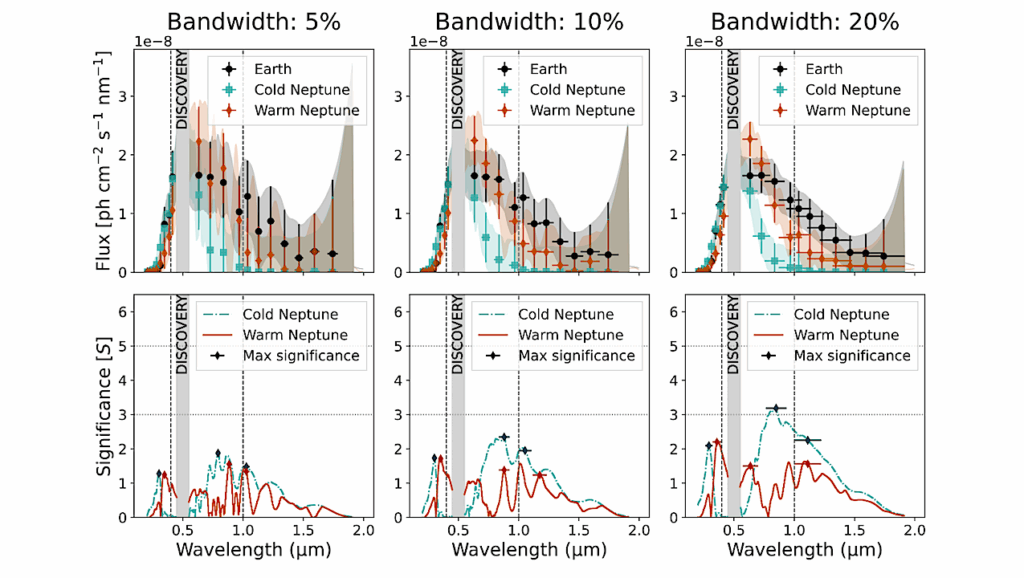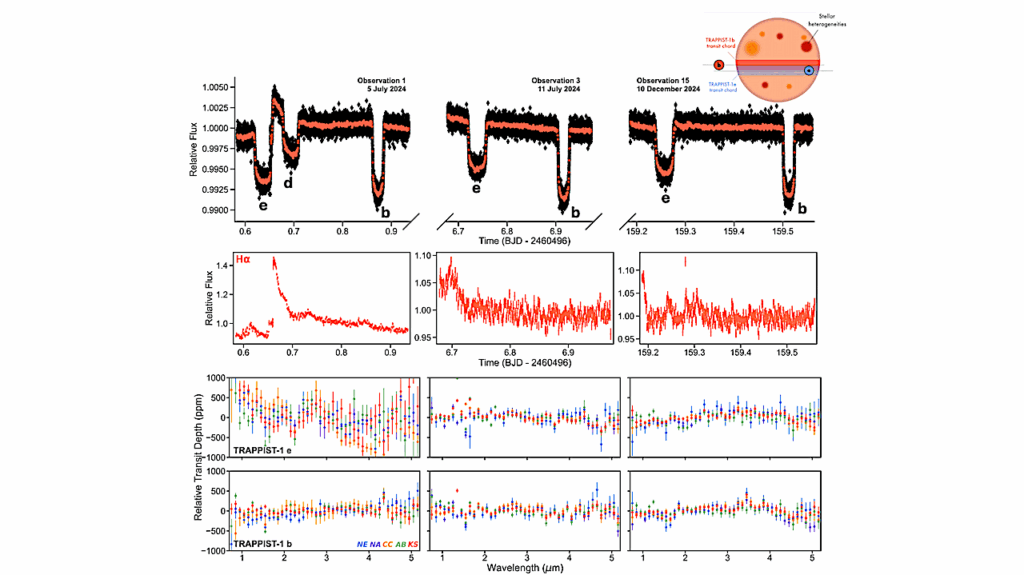Direct Imaging in Reflected Light: Characterization of Older, Temperate Exoplanets With 30-m Telescopes

Direct detection, also known as direct imaging, is a method for discovering and characterizing the atmospheres of planets at intermediate and wide separations.
It is the only means of obtaining spectra of non-transiting exoplanets. Characterizing the atmospheres of planets in the <5 AU regime, where RV surveys have revealed an abundance of other worlds, requires a 30-m-class aperture in combination with an advanced adaptive optics system, coronagraph, and suite of spectrometers and imagers - this concept underlies planned instruments for both TMT (the Planetary Systems Imager, or PSI) and the GMT (GMagAO-X).
These instruments could provide astrometry, photometry, and spectroscopy of an unprecedented sample of rocky planets, ice giants, and gas giants. For the first time habitable zone exoplanets will become accessible to direct imaging, and these instruments have the potential to detect and characterize the innermost regions of nearby M-dwarf planetary systems in reflected light. High-resolution spectroscopy will not only illuminate the physics and chemistry of exo-atmospheres, but may also probe rocky, temperate worlds for signs of life in the form of atmospheric biomarkers (combinations of water, oxygen and other molecular species).
By completing the census of non-transiting worlds at a range of separations from their host stars, these instruments will provide the final pieces to the puzzle of planetary demographics. This whitepaper explores the science goals of direct imaging on 30-m telescopes and the technology development needed to achieve them.
Etienne Artigau, Rebecca A. Bernstein, Timothy Brandt, Jeffrey Chilcote, Laird Close, Ian Crossfield, Jacques-Robert Delorme, Courtney Dressing, Michael P. Fitzgerald, Jonathan Fortney, Andrew Howard, Richard Frazin, Nemanja Jovanovic, Quinn Konopacky, Julien Lozi, Jared R. Males, Christian Marois, Benjamin A. Mazin, Max A. Millar-Blanchaer, Katie M. Morzinski, Lewis Roberts, Eugene Serabyn, Gautam Vasisht, J. Kent Wallace, Ji Wang
(Submitted on 29 Aug 2018)
Comments: (March 2018) Submitted to the Exoplanet Science Strategy committee of the NAS
Subjects: Instrumentation and Methods for Astrophysics (astro-ph.IM)
Cite as: arXiv:1808.09632 [astro-ph.IM] (or arXiv:1808.09632v1 [astro-ph.IM] for this version)
Submission history
From: Michael Fitzgerald
[v1] Wed, 29 Aug 2018 04:11:04 GMT (439kb,D)
https://arxiv.org/abs/1808.09632
Astrobiology








